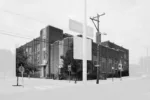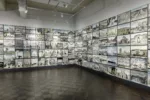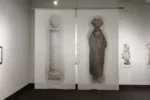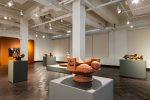I have mixed feelings about any installation dubbed “immersive.” They require a different type of participation from viewers than art exhibitions done in other mediums. The installed moment cannot be passively or briefly experienced, yet they must be passively and idly experienced for one to be immersed. Depending on the person, time, or place, this can be asking too much.
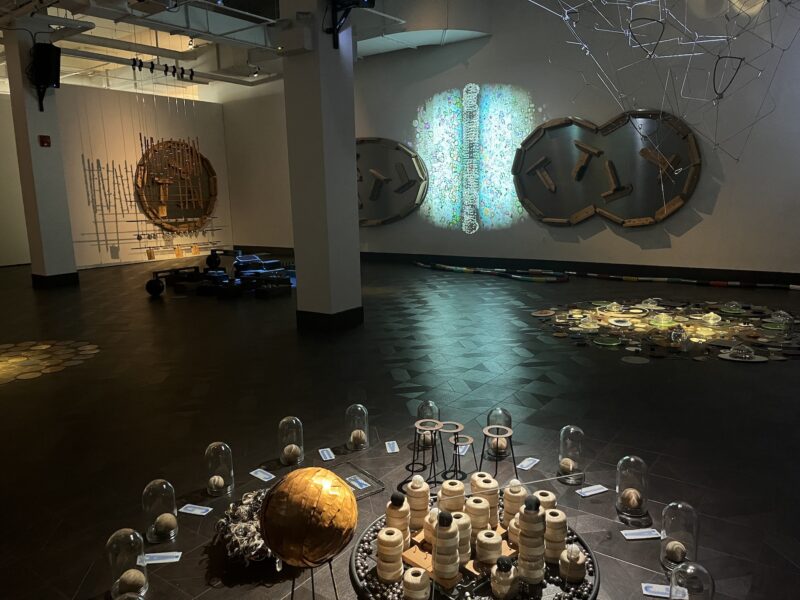
I was lucky to be invited to spend time alone with SuperCellular, Rowan University Art Gallery‘s most recent offering. The room of installed artifacts is orchestrated by the long-time collaborative duo of Carolyn Healy & John Phillips
SuperCellular takes an ambiguous peek into human biological activity. The variety of video art, sound design, and found objects grouped together/turned into sculpted moments are presented without any written explanation. Without much besides the press release, the show leaves the viewers to their own devices.
Upon entering the walled-off space, the room didn’t make sense to me. I couldn’t see anything besides an assortment of items with digital movement interspersed. But as I spent time in there, I became encased in the room’s lifeflow.
Five projections on the walls, floor, and near the entrance flicker with differently-paced imagined scenes of cellular multiplication, division, and developments—some with, some without start or end. Dots, grids, and multi-colored blisters flash and spin among other phenomena. Certain wall projections are rapid, algorithmically consistent and inconsistent, while a floor projection creeps in and out of view with pauses. The length of these projections varies between around 20 seconds and roughly 15 minutes. The longer videos are accompanied, at times near-synced, to John Phillips’ sound design. Waves of digital noise border on DIY show antics before calming to blips, bubblings, the sound of steps and other ambiences. The audio isn’t always set tightly with the video, and this brings more atmospheric feelings in the space.
The floor is partially occupied in a few configurations of what seem to be found objects oriented to the idea of human microactivity. There are diverse shapes and sheets of glass, beads, chains, industrial equipment, stacks of spools, piles of wires, and other materials that represent the unseeable activities in our bodies. The smaller of these arrangements are very fun and springy with life.
In the press release, Carolyn Healy mentions hoping that the disparate individual items coalesce into “new meanings by juxtaposition.” This doesn’t come across in all cases and thus falls flat for me. Some of these clusters of items really only feel like clusters of items without effect to me.
On the other hand, the mounted sculptures are intriguing. Large steel sheets with mirror-like qualities are framed in wooden borders. A web of metal frame-shapes float from the ceiling, tangled and held together by carabiner clips and other steel bearings.
A good part of my time with SuperCellular was spent enjoying while partly grappling with whether or not I felt immersed. I didn’t, but that doesn’t mean the show isn’t compelling. There are open-ended, wordless notions to be explored.
SuperCellular, an immersive installation by Carolyn Healy & John Phillips, is on view at Rowan University Art Gallery from Jan 30 — March 30, 2023. The gallery is ADA Accessible.


